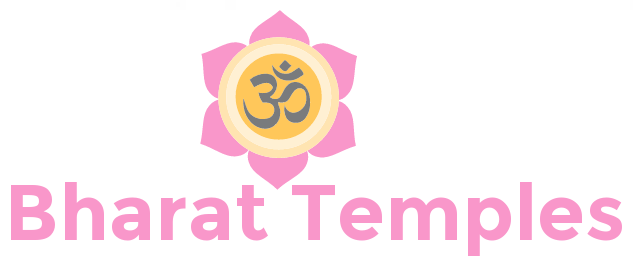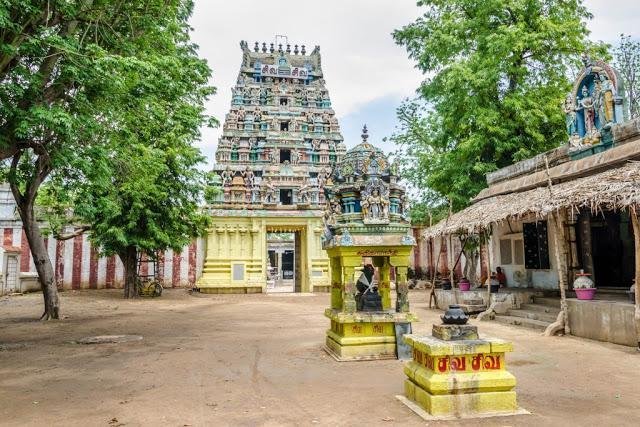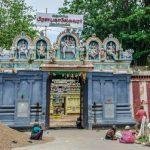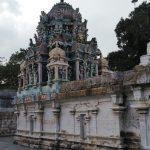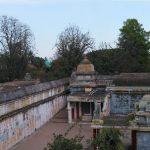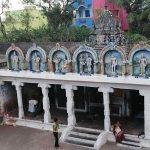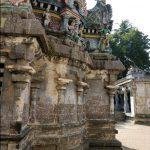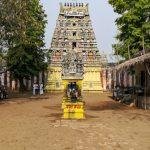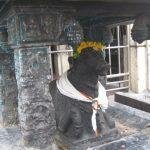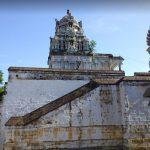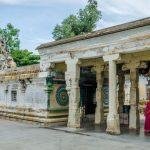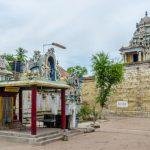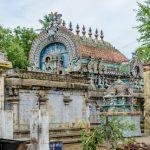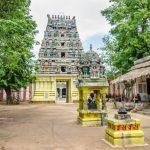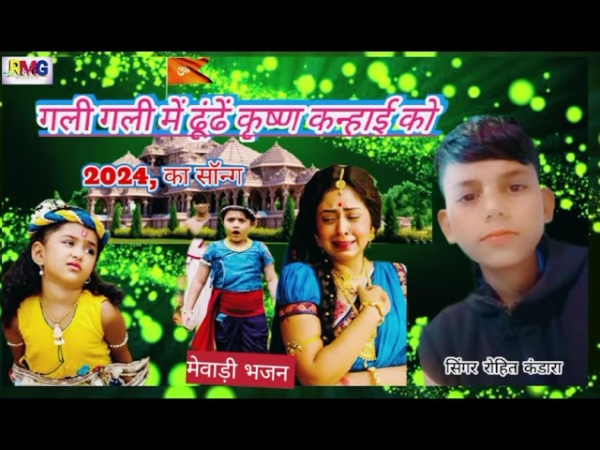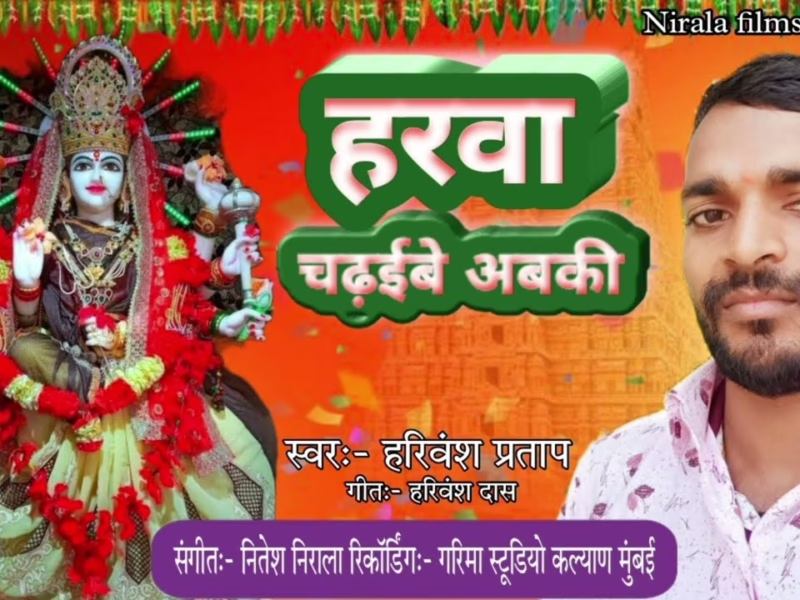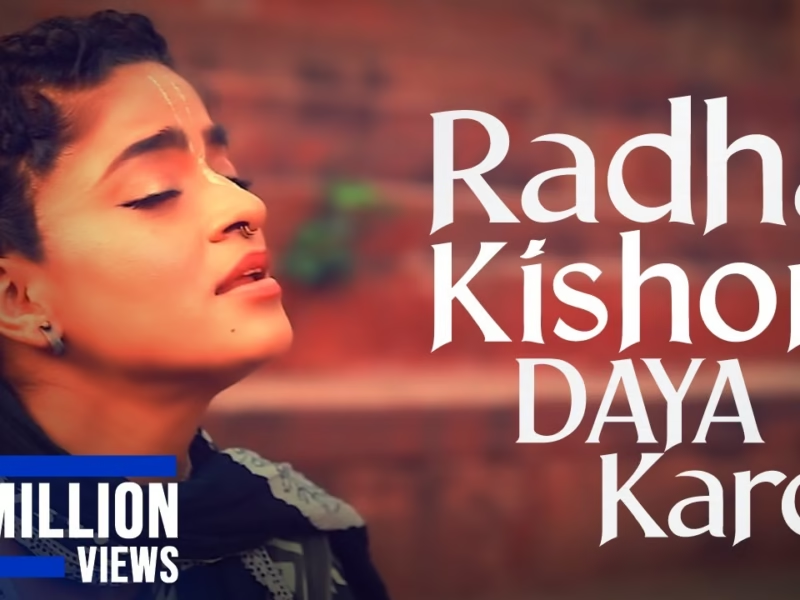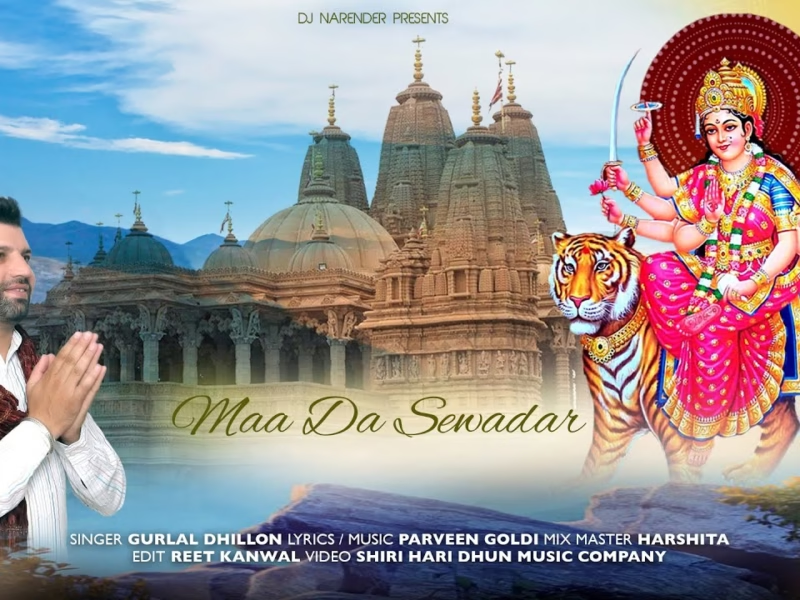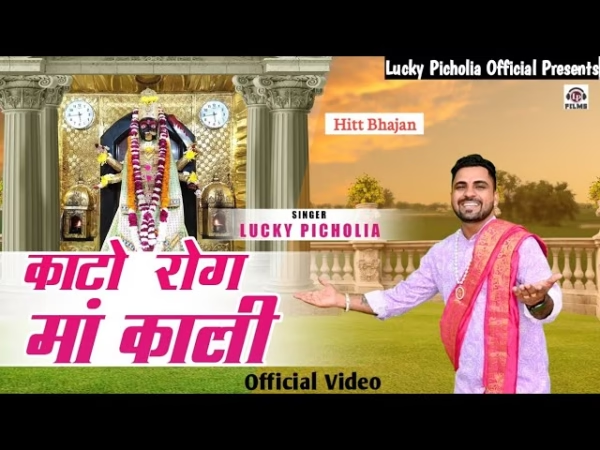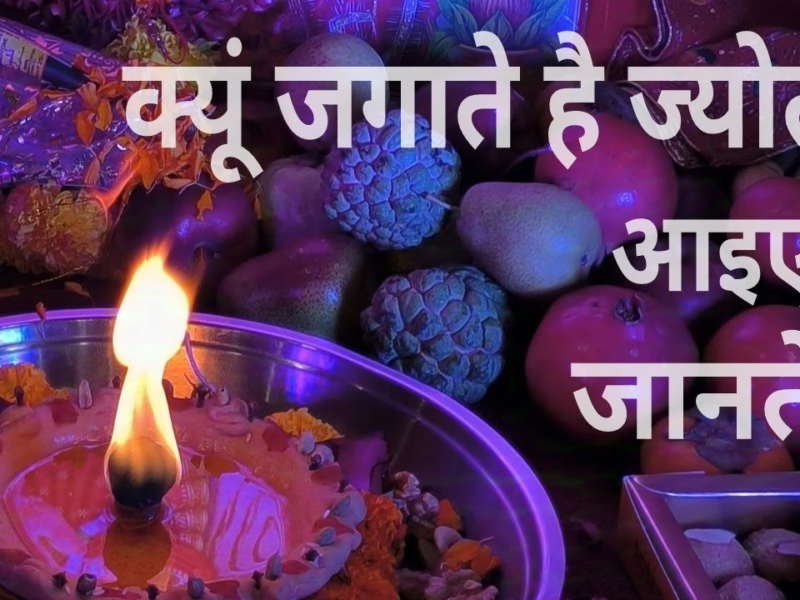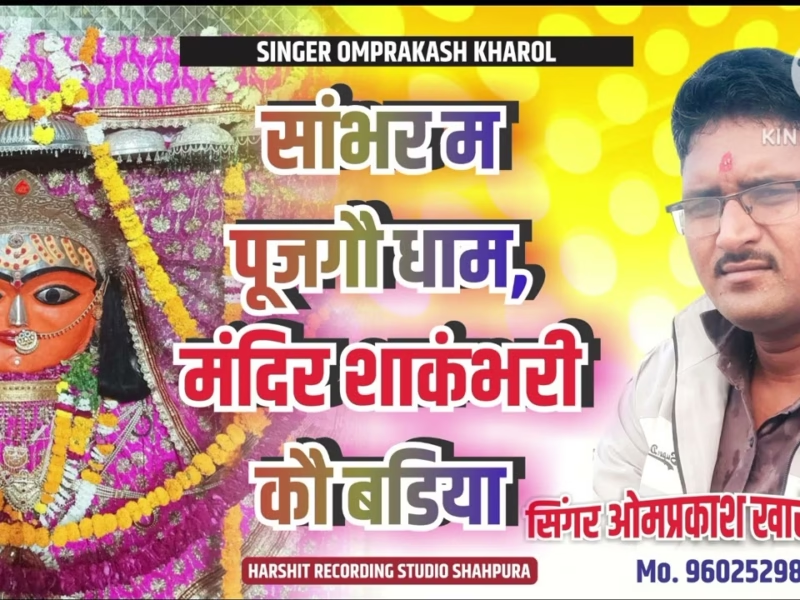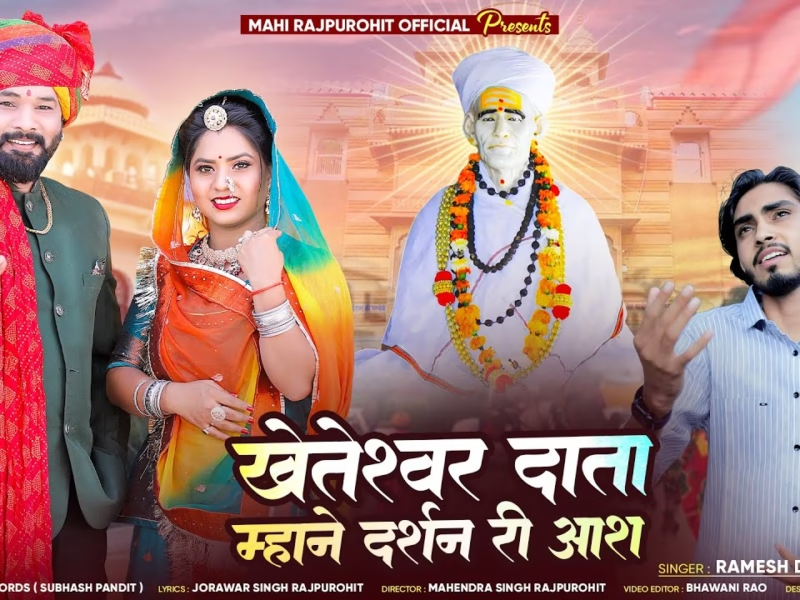Contents
Sudarkozhundeesar Temple (Pralayakaleswarar Temple), Pennadam, Cuddalore
| Date built: | – |
|---|---|
| Deity: | Sudarkozhundeesar Pralayakaleswarar |
| Architectural style: | Dravidian architecture |
| Major festivals | – |
| Locale: | Pennadam |
| District:: | Cuddalore |
| Address: | Sudarkozhundeesar Temple (Pralayakaleswarar Temple), Pennadam Post,Thittakudi Taluk,Cuddalore District – 606 105 |
| Phone |
This is the 34th Devaram Padal Petra Shiva Sthalam and 2nd Sthalam in Nadu Naadu. The temple is praised in the hymns of Saint Thirunavukkarasar and Sundarar. This is the birth place of celebrated saints Kalikamba Nayanar and Meikandar, the pioneer of Saiva philosophy. Saint Marai Gnanasambandhar, the third Santhana Kuravars is also believed to have lived here. The last consecration ceremony took place on 10.05.1989. Before that, the consecration ceremonies were held on 18.03.1981 and 13.07.1973.
Architecture
Temple Opening Time
The temple is open from 6.00 a.m. to 11.00 a.m. and from 5.00 p.m. to 9.00 p.m.
Festivals
12 day Brahmotsavam in the Tamil month of Chithirai (April-May) is celebrated in a grand manner. Maha Shivarathri in the Tamil month of Masi (Feb-Mar), Thiruvadirai in the Tamil month of Margazhi (Dec-Jan), Karthikai Deepam, Skanda Sashti, Arudra Dharisanam, Thai Poosam, Sankaranthi, Panguni Uthiram and Aadi Pooram are the other important festivals celebrated in this temple. Pradosham is also observed regularly.
Prayers
This is a parihara Sthalam for those who born during the periods of the constellation Kettai (Jyeshta Nakshatram). Devotees whose birth star is Kettai visit this temple for special poojas. Those suffering from any kind of body pain can visit this temple and worship the lord here to seek relief. People pray to Lord of the temple seeking cure from hand ailments. Devotees perform abishek to Lord Shiva and offer vastras.
Legend / Local stories
According to the inscriptions found in this temple it is one of 78 shrines build by the legendary Chola king Kochenganan. This king is only known from legends and Tamil texts from the Sangam age (approximately the centuries just before and after CE). The main shrine belongs architecturally to the Early Chola period. It is a vimana (garbhagriha=sanctum plus the roof) in the form of an elephant’s back which is called a Gajabrushta. The historical names of this place are – Soundarya Chola Puram, Thiru Kadanthai, Parvathi Puram, Pushpavanam and Dhayarasapathi.
Kalikamba Nayanar:
Kalikamba Nayanar is a Nayanar saint, venerated in the Hindu sect of Shaivism. He is generally counted as the forty-third in the list of 63 Nayanmars. His hagiography speaks about how he cut the hand of his wife, who did not help in serving a Shaiva, devotee of the god Shiva. The primary account of Kalikamba Nayanar’s life comes from the Tamil Periya Puranam by Sekkizhar(12th century), which is a hagiography of the 63 Nayanmars. Kalikamba Nayanar was born and lived in Pennagadam also known as Tirupennagadam. In Kalikamba Nayanar’s times, Pennagadam was part of the Chola kingdom.
Kalikamba was a Vaishya, the merchant caste that flourished in Pennagadam. He was a devotee of Shiva and used to serve the devotees of Shiva (Shaiva’s). Every day, he welcomed them, washed their feet, and worshipped them. He also served lunch to the devotees and offered them money and gifts. Once, when the devotees gathered for lunch at Kalikamba’s house, he started with his daily ritual of pada-puja (washing of feet to show respect) of the devotees. His wife helped him in the service. The wife would pour water from the pot, as Kalikamba washed the feet. When Kalikamba was about to wash the feet of a devotee, she recognized the devotee as their former servant and hesitated from pouring water from the pot.
Kalikamba felt that the wife has desecrated the sacred service. He took the pot from her hand and cut off the hand by his sword. He continued to wash the feet of the devotees and served them food, a duty generally performed by his wife. For his act of devotion, he attained the grace of Shiva. The tale of Kalikamba Nayanar is also recalled in the 13th Century Telugu Basava Purana of Palkuriki Somanatha with some variation. The devotee is recognized the son of their servant Mallandu or Malla. He had refused to serve Kalikamba and left Kalikamba’s house and become a Shaiva mendicant.
The wife refuses to serve a son of a slave and advises her husband not to do so, however Kalikamba considers every Shaiva as a manifestation of Shiva and refuses to pour water to wash his feet. Kalikamba considers this as an insult of Shiva and cuts both her hands as a punishment. Pleased with his dutifulness, Lord Shiva restored his wife’s hands and blessed both of them with salvation. Hence the lord here is also praised as “Sri Kaivazhangeesar” – (in Tamil “Kai” means hand and “Vazhangu” means to give). Kalikamba Nayanar receives collective worship as part of the 63 Nayanmars. Their icons and brief accounts of his deeds are found in many Shiva temples in Tamil Nadu. Their images are taken out in procession in festivals.
Pralaya Kaleswarar:
The world was once destroyed by Lord Shiva. Barring this place, all parts of the world was submerged in water. Devas rushed to this place and begged the Lord to protect all beings by keeping them here. Lord directed Nandhi to prevent the flood entering here. Nandhi, till then facing Lord Shiva, turned the other side to swallow the waters of the great deluge and saved the place. Hence, Lord of the place is praised as Pralaya Kaleswarar – Lord who protected the world. He destroyed and also protected. Nandhi, which turned the other side to protect the place from the deluge is still in the same position facing the entrance of the temple.
Pennagadam:
Indira, the king of Devas needed flowers form Earth to perform Shiva Puja in his place. He sent two maidens to earth to bring flowers, who found them in plenty but stayed here itself seeing a Shivalinga in the garden and began doing pujas. As they did not return, he sent the Divine cow Kamadenu to bring them back. Kamadenu found the maidens and only joined them in the Shiva puja by pouring its milk on the Lord. As it did not return, he sent his white elephant Iravadham in search of them.
The elephant, seeing them in worship also joined the camp by standing in such a way to create a cool shadow for the Shivalinga. Finally, Indira himself came down, saw the maids, cow and the elephant and also joined them in the worship. All returned together with the blessings of Lord Shiva. Since Virgins (Penn in Tamil), Divine cow (Aa) and Elephant (Gadam) worshipped Lord here, the name of the place was called “Penn- aa- Gadam – Pennagadam” which later became Pennadam.
Thirunavukkarasar appealed to Lord Shiva to inscribe the stamp on him with the symbol of his Trident and Nandhi:
It is in this temple Thirunavukkarasar appealed to Lord Sudarkozhundhu Nathar to inscribe the stamp on him with the symbol of his Trident (Trishul) and Nandhi (Vrushba) if he so considered him deserved for the honour. Lord honoured the saint with his own hands in all his mercy. This episode is described by divine poet Sekkizhar in his magnum opus Peria Puranam in touching devotional lines.
Lord Shiva raised the ground level to help a Chola King to worship him:
Version 1:
A Chola King had to worship the Lord from the other side of the bank of the river due to heavy floods. Lord acknowledged his worship by raising the ground level. There is a temple within the temple, 30 meters above the ground level remembering the event. The place is referred to as Tunngaanai Maadam in scriptures.
Version 2:
Another legend associated with this temple is that of Anandvalli Ammaiyar, an ardent Shiva devotee, who used to worship the lord here regularly. Once there was a heavy flood in the river Vellaru that prevented her from reaching the temple. She decided to perform her daily worship from the other bank of the river itself. Although she completed her worship, she could not see the lord. Lord Shiva realized this and as a token of his appreciation for her devotion, he raised the ground level by about 40 to 50 feet. Even today, the shrine is an elevated position and one has to climb up some steps to enter it.
Birthplace of Kalikamba Nayanar and Meikandar:
This is the birth place of celebrated saints Kalikamba Nayanar and Meikandar, the pioneer of Saiva philosophy.
Marai Gnana Sambandar lived in this place:
Also, Saint Marai Gnana Sambandar in the Saivite Guru tradition lived here.
Kadanthai Nagar:
Once this place had six thousand brave army men were living. They were called as Kadanthayar and this town used to be called as Kadanthai Nagar.
Photo Gallery
How to Reach:
The Temple is located at about 19 Kms from Vridhachalam, 15 Kms from Thittakudi, 23 Kms from Srimushnam, 60 Kms from Chidambaram, 34 Kms from Neyveli, 48 Kms from Kurinjipadi, 42 Kms from Sethiyathope, 50 Kms from Gangai Konda Cholapuram, 29 Kms from Thozhuthur, 39 Kms from Ulundurpet, 78 Kms from Cuddalore, 97 Kms from Puducherry, 257 Kms from Chennai and 106 Kms from Trichy.
By Road:
The Temple is located on Vridhachalam to Thittakudi Route. Frequent Bus facilities to reach this temple are available from both ends.
By Train:
There is a railway station at Pennadam which is on the Vridhachalam – Tiruchirappalli section of the Southern Railway. Pennadam Railway Station is located at about 3 Kms from the Temple. Nearest Major Railway Station is located at Vridhachalam (20 Kms).
By Air:
Nearest Airport is located at Puducherry, Chennai and Trichy.
Contact Details
Sudarkozhundeesar Temple (Pralayakaleswarar Temple),
Pennadam Post,
Thittakudi Taluk,
Cuddalore District – 606 105
Phone: +91 4143 222 788
Mobile: +91 99940 88359 / 98425 64768
